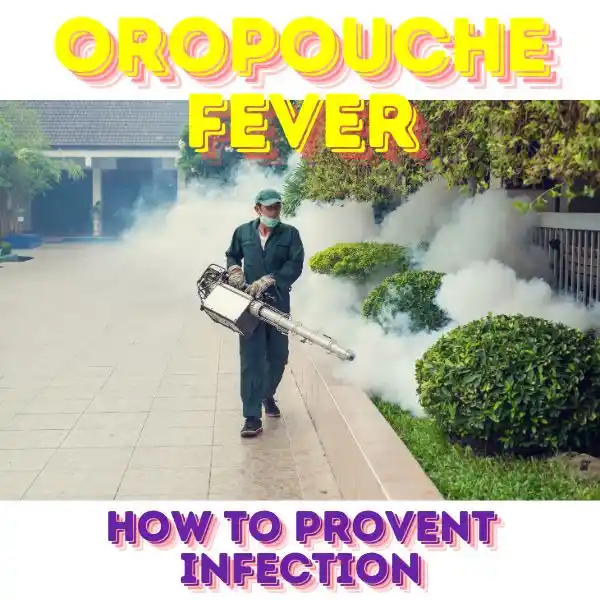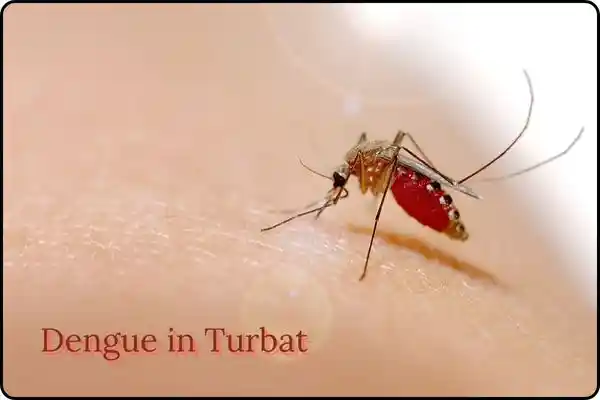Brazil Records First-Ever Deaths from Oropouche Fever
RIO DE JANEIRO: Brazil has confirmed the world’s first-ever deaths from Oropouche fever, the Health Ministry announced on Thursday. This significant development marks the initial recorded fatalities from the viral disease.
The two victims, both women under the age of 30, were from the northeastern state of Bahia. They exhibited symptoms that closely resembled severe dengue fever, the ministry stated. “Until now, there was no report in the world’s scientific literature on the occurrence of deaths from the disease,” the Health Ministry emphasized in its statement.
Origin and Transmission
Oropouche fever was first detected in a sloth in Brazil in 1960. The virus is transmitted primarily through the bites of infected midges (Culicoides paraensis) and mosquitoes. Since its initial discovery, cases have been primarily reported in the Amazon region and other parts of Latin America.
Current Situation and Statistics
As of this year, Brazil has recorded 7,236 cases of Oropouche fever. The affected areas include the Amazon region, the northeastern state of Bahia, and the southern state of Santa Catarina. The recent deaths have heightened concerns and led to increased monitoring and investigation by health authorities.
Additional Cases and Investigations
Authorities are currently investigating a suspected Oropouche fever-related death in Santa Catarina. Additionally, there are six potential cases of vertical transmission (mother to child) under examination, which have resulted in two fetal deaths.
Symptoms and Public Health Response
Patients with Oropouche fever typically experience symptoms such as fever, headache, muscle pain, joint pain, and, in some cases, symptoms similar to severe dengue fever. The Health Ministry is advising the public to take preventive measures against mosquito and midge bites and to seek medical attention if symptoms occur.
Bottom line
To prevent Oropouche fever, avoid mosquito and midge bites by using insect repellent, wearing protective clothing, and using bed nets. Eliminate standing water to reduce breeding sites. Seek medical attention if symptoms like fever, headache, and muscle pain occur. Stay informed through health advisories and follow public health guidelines to minimize risk.







